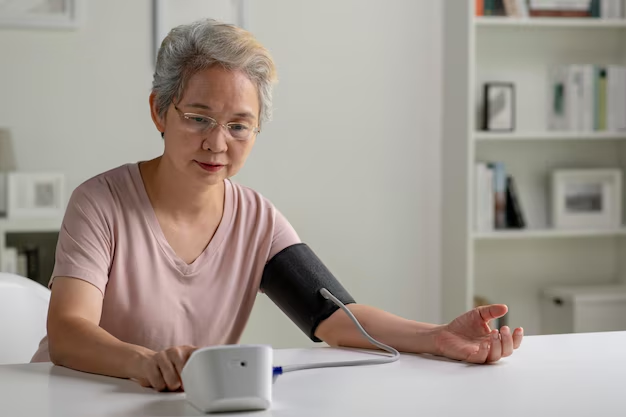Does Medicare Cover Blood Pressure Monitors?
Navigating the maze of healthcare policies can sometimes feel overwhelming, especially when it comes to understanding what's covered by Medicare. If you're managing hypertension or just keeping an eye on your cardiovascular health, a blood pressure monitor is an essential tool. But the question on many minds is: Does Medicare pick up the tab for a blood pressure monitor?
Understanding Medicare's Coverage
Medicare is a vital program for millions of Americans, providing healthcare coverage to those 65 and older, as well as certain younger individuals with disabilities. However, it's crucial to distinguish between Medicare Part A, which covers hospital stays, and Medicare Part B, which handles outpatient care and medical supplies. When it comes to equipment like a blood pressure monitor, understanding which part might cover it is key.
For most people, a standard blood pressure monitor used for personal management at home is not covered under Original Medicare. The exceptions are quite specific; for instance, Medicare Part B may cover a device for ambulatory blood pressure monitoring (ABPM) if your doctor suspects your blood pressure readings are abnormally inconsistent. This means, unless you meet particular medical criteria, you'll typically need to purchase your own monitor.
Other Options for Blood Pressure Monitor Coverage
If Medicare doesn't cover the blood pressure monitor, don't worry — there might still be hope. Here are avenues to explore:
Medicare Advantage (Part C): These are plans offered by private insurers that often include additional benefits beyond Original Medicare, sometimes providing coverage for equipment like blood pressure monitors. It's worth checking plan details with your provider.
Medicaid: If you qualify for both Medicare and Medicaid, the latter may offer additional support. Coverage can vary by state, so check with your local Medicaid office.
Health Savings Accounts (HSAs) or Flexible Spending Accounts (FSAs): Funds from these accounts can often be used to purchase medical devices like blood pressure monitors, providing a tax-advantaged way to cover these expenses.
Proactive Health: Financial Assistance and Educational Resources
Investing in a blood pressure monitor may be a small price to pay for the gift of proactive health management. However, for those living on a fixed income, even these expenses add up. Here's how you can manage medical costs efficiently and explore government aid programs:
Supplemental Security Income (SSI): For seniors and disabled individuals with limited income, SSI can provide necessary financial support.
Debt Relief Options: Organizations exist to help manage medical debt, negotiating lower payments or extended terms with creditors.
Educational Grants and Scholarships: Further learning about health management through educational resources is invaluable. Look for scholarships if you're seeking to enhance your healthcare knowledge.
Financial Assistance and Educational Opportunities 🌟
Medicare Advantage (Part C): Extra benefits coverage, including potential medical equipment.
Medicaid: State-specific assistance for dual-eligible beneficiaries.
HSAs/FSAs: Use for purchase of medical devices.
SSI: Financial aid for seniors/disabled with low income.
Debt Relief Organizations: Help in managing medical debt.
Educational Grants/Scholarships: Support for advancing healthcare knowledge.
Navigating Medicare can be tricky. By staying informed and exploring diverse financial assistance options, you can ensure you have the tools you need to manage your health effectively. Remember, investing in your health is a choice that pays dividends far beyond mere numbers. Be proactive and explore the resources available to you!

Related Topics
- a Medical Provider That Accepts Medicare Assignment Must
- a Medical Provider That Accepts Medicare Assignment Must Quizlet
- a Medicare Patient Received Treatment That Isn't Covered By Medicare
- a Medicare Patient Receives Treatment That Isn't Covered By Medicare
- a Medicare Supplement Basic Benefit Is Quizlet
- a Medicare Supplement Companies
- a Medicare Supplement Policy Is Quizlet
- a Medicare Supplement Policy Must Not Contain Benefits Which
- a Patient Received Treatment In August Medicare
- Am I Eligible For Medicare